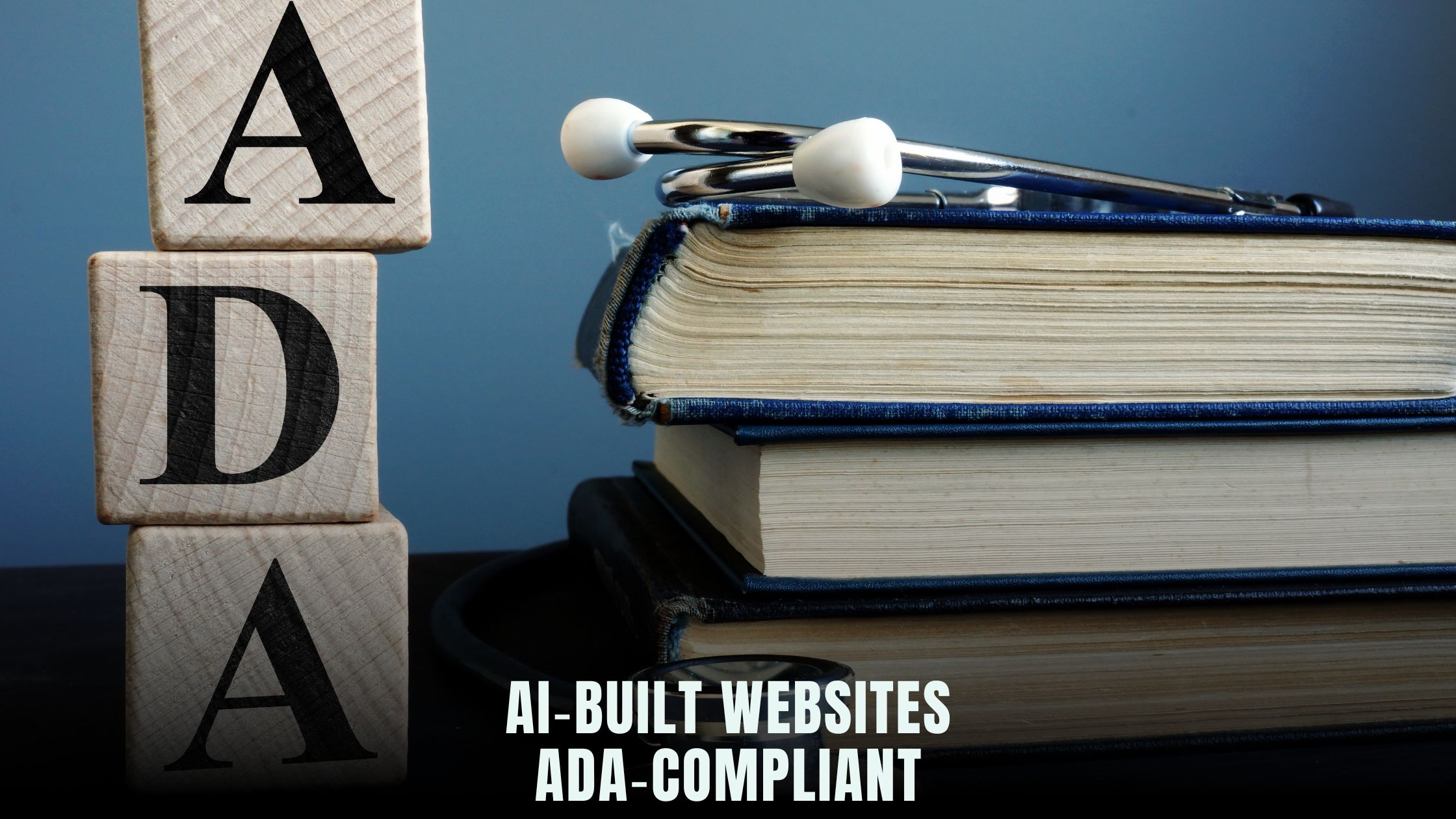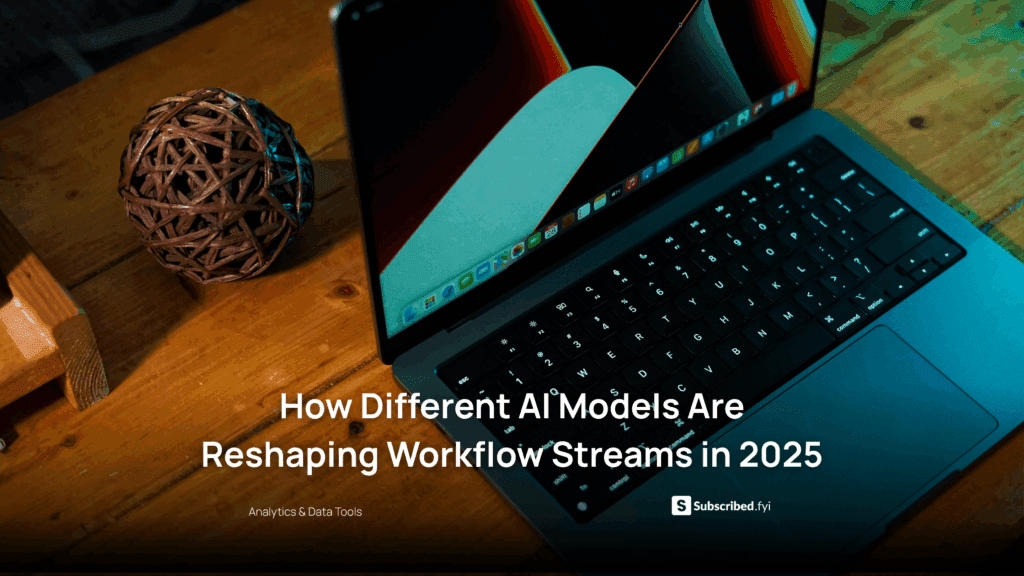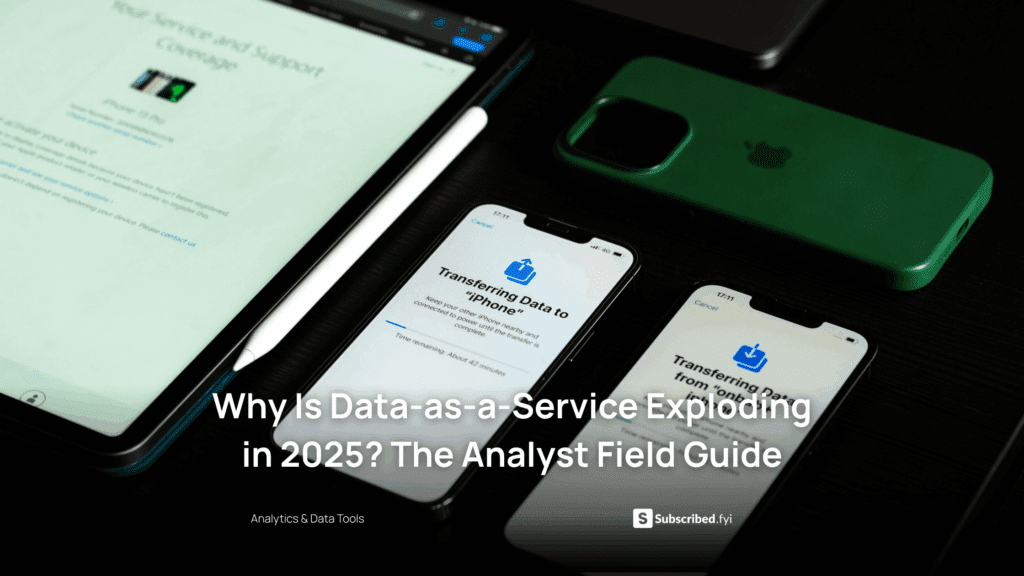Are AI-Built Websites ADA-Compliant?
- WebOps Platforms Bug Tracking & Feedback Software Web Development & Design Website Builder


Building an AI-driven website can speed up development, but you still need to ensure it meets legal and ethical standards for accessibility. The Americans with Disabilities Act (ADA) requires that websites be usable by people with disabilities, covering features such as keyboard navigation, screen-reader compatibility, and sufficient color contrast. With a no-code solution like Hostinger Horizons, you can generate pages that include alt text, semantic HTML, and ARIA landmarks through simple AI prompts. For deeper dives into accessibility standards, the WCAG Guidelines and the ADA National Network provide clear, authoritative resources on compliance requirements.
While AI tools can automate many aspects of accessibility—such as suggesting alt text or scanning for contrast issues—they can also overlook nuances that hinder real-world usability. Platforms listed in the AI-powered website builders list offer varying levels of built-in accessibility support. By comparing these solutions and understanding the underlying guidelines from sources like the W3C ARIA Authoring Practices, you can ensure your AI-built site is not only fast and visually appealing but also inclusive for all users.
Understanding ADA Compliance and Accessibility Laws
The ADA was enacted in 1990 to prohibit discrimination based on disability, and its Title III covers public accommodations—which now extend to digital spaces. In practice, this means websites, mobile apps, and online services must be designed so people with vision, hearing, motor, or cognitive impairments can access the same information and functionality as everyone else. Failure to comply can lead to lawsuits, reputational damage, and exclusion of a significant user segment.
What the ADA Requires
Under Title III, businesses must provide “effective communication,” which includes closed captions on videos, keyboard-accessible navigation, and text alternatives for non-text content. Although the ADA does not specify technical standards, courts and enforcement agencies reference the Web Content Accessibility Guidelines (WCAG) from the W3C as the de facto benchmark.
WCAG Guidelines
WCAG is organized around four principles—Perceivable, Operable, Understandable, and Robust (POUR). Each principle has specific success criteria, such as color contrast ratios (WCAG 2.1 AA requires a contrast ratio of at least 4.5 : 1 for normal text) and proper heading structure. Following these guidelines helps ensure your site meets both ADA and international accessibility laws like the European Accessibility Act.
How AI Builds Websites
Artificial intelligence tools for web design use machine learning models to generate layouts, content, and code snippets. No-code platforms allow founders to describe their vision—“create a two-column layout with a hero image and signup form”—and receive a working prototype instantly. This rapid iteration accelerates time to market, but it can also introduce accessibility gaps if AI models haven’t been trained on inclusive design patterns.
AI Website Generators Overview
Popular AI builders analyze content, suggest templates, and write inline CSS and HTML. They often include features like automatic image optimization and responsive design. However, without explicit accessibility rules, generated code might lack <alt> attributes on images or skip landmark elements necessary for screen readers.
Common No-Code Builders
Platforms such as Wix, Squarespace, and Hostinger Horizons provide AI-assisted editors. Some offer automatic accessibility checks and prompts to fix issues; others require manual intervention. When evaluating a tool, look for built-in ARIA support and the ability to override auto-generated code for nuanced improvements.
Accessibility Challenges in AI-Generated Sites
Even the most advanced AI can misinterpret context, leading to accessibility problems that only human intervention can fix.
Missing Alt Text and Semantic HTML
An AI might tag decorative images correctly as role="presentation" but leave content images without meaningful alt text. Proper alt text—concise descriptions conveying the image’s purpose—ensures screen reader users understand visual content. Semantic HTML elements (<header>, <nav>, <main>, <footer>) create a logical page structure, but AI tools may default to generic <div> containers unless instructed otherwise.
Color Contrast and Readability Issues
AI-generated color schemes might look visually striking but fail WCAG contrast requirements. Automated contrast checks can flag low-contrast text, but fixing them often requires adjusting foreground and background colors to meet the 4.5 : 1 ratio for normal text or 3 : 1 for large text.
ARIA Roles and Landmarks
Accessible Rich Internet Applications (ARIA) provide roles and properties that assistive technologies rely on to interpret dynamic content. AI-generated code might miss ARIA attributes for modal dialogs, accordions, or form error messages, making interactive elements confusing for screen readers.
Ensuring Alt Text and Image Accessibility
Alt text is one of the simplest yet most critical accessibility features. It helps non-sighted users understand imagery and improves SEO.
Automated Alt Text Generation
AI tools like Fine AI can suggest alt text by analyzing images. In many platforms, you can prompt the AI—“generate alt text for hero image”—and then edit the suggestion for accuracy and context. Always review auto-generated text to ensure it captures meaning relevant to your content.
Manual Alt Text Best Practices
When writing alt text yourself, follow these guidelines:
-
Keep it concise (125 characters or fewer)
-
Describe the image’s function or purpose, not just visual details
-
Omit phrases like “image of” or “picture of”
Color Contrast and Readability
Visual design must serve all users. Low contrast can render text unreadable for people with low vision or color blindness.
WCAG Contrast Requirements
WCAG 2.1 AA specifies a contrast ratio of at least 4.5 : 1 for regular text and 3 : 1 for large text (18 pt or 14 pt bold). Use tools like the WebAIM Contrast Checker or the automated Lighthouse audit to measure contrast ratios on your pages.
Tools for Testing Contrast
In addition to browser extensions, no-code platforms often include built-in contrast analyzers. If your builder doesn’t, export color values and test them manually, then adjust CSS variables or theme settings to achieve compliant ratios.
Keyboard Navigation and Focus Management
Many users navigate websites without a mouse. Ensuring that all functionality is keyboard-accessible is vital.
Ensuring Tab Order
Logical tab order follows the visual flow of the page. Use semantic HTML to maintain correct navigation sequences. Test by pressing Tab through every interactive element—links, buttons, form fields—and confirm that focus indicators are visible.
Focus Indicators
Custom focus styles should be clear (e.g., a solid outline), and not removed by resetting CSS. AMD compliance requires users know which element is focused at all times.
Screen Reader Compatibility and ARIA Use
Screen readers translate web content into speech or braille. Without proper ARIA attributes and semantic markup, dynamic content may be inaccessible.
Proper Use of ARIA Attributes
ARIA roles (role="alert", role="navigation") and properties (aria-label, aria-expanded) help screen readers interpret complex widgets. Use ARIA sparingly—only when native HTML elements fall short—and test with screen readers such as NVDA (Windows) or VoiceOver (macOS).
Testing with Screen Readers
Manual testing with assistive tools reveals real-world issues. Navigate your site using a screen reader, listening for meaningful announcements and ensuring that interactive elements behave as expected.
Accessibility Testing Tools and Processes
A combination of automated and manual testing offers the best coverage.
Automated Testing Tools
Use axe-core, Lighthouse’s accessibility audits, or WAVE to catch common issues. These provide detailed reports and remediation suggestions for errors like missing form labels or low contrast.
Manual Testing with Assistive Technology
Automated tools cover only about 30–50% of accessibility issues. Supplement them with manual tests—screen readers, keyboard-only navigation, and mobile accessibility features.
User Testing with People with Disabilities
Invite users with disabilities to test your site and provide feedback. Their insights surface usability problems that technology alone can’t detect.
Embedding Accessibility into No-Code Workflows
Accessibility must be part of every phase of development, not an afterthought.
Planning Accessibility from the Start
Include accessibility criteria in your project requirements. Use inclusive design checklists alongside your AI-driven prototyping sessions.
Embedding Accessibility Checks in QA
Set up continuous integration checks for accessibility. If your no-code platform supports it, automate scans on every build or update to catch regressions early.
Future of AI and Accessibility
AI is evolving rapidly, and so are accessibility tools.
AI-Assisted Compliance Features
Expect AI builders to offer more advanced features—auto-correcting contrast, flagging missing ARIA labels, or automatically generating accessible navigation patterns based on user stories.
Continuous Monitoring and AI Feedback
Real-time accessibility monitoring can alert you to issues that arise after launch, such as new content that fails contrast checks. AI-driven dashboards could provide ongoing compliance scores and action lists.
Making Your AI-Built Site Truly Accessible
Ensuring ADA compliance for AI-built websites means combining automated AI suggestions with human judgment and rigorous testing. By following WCAG guidelines, writing meaningful alt text, enforcing color contrast, managing focus states, and testing with assistive technologies, you create an inclusive digital experience for all users.











